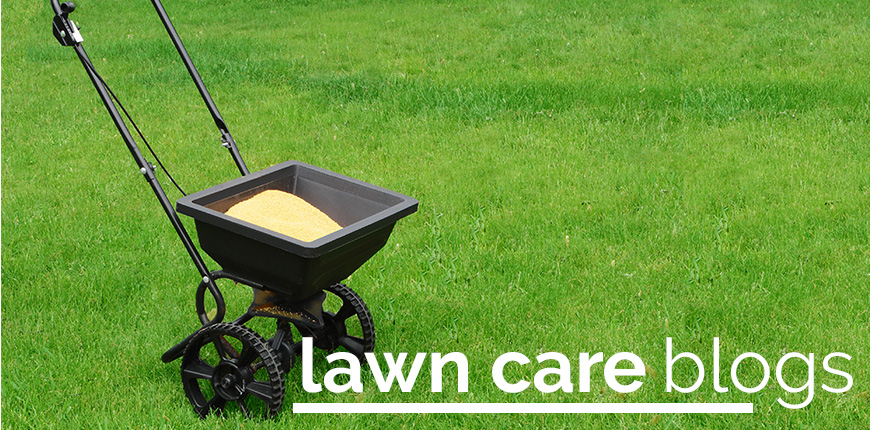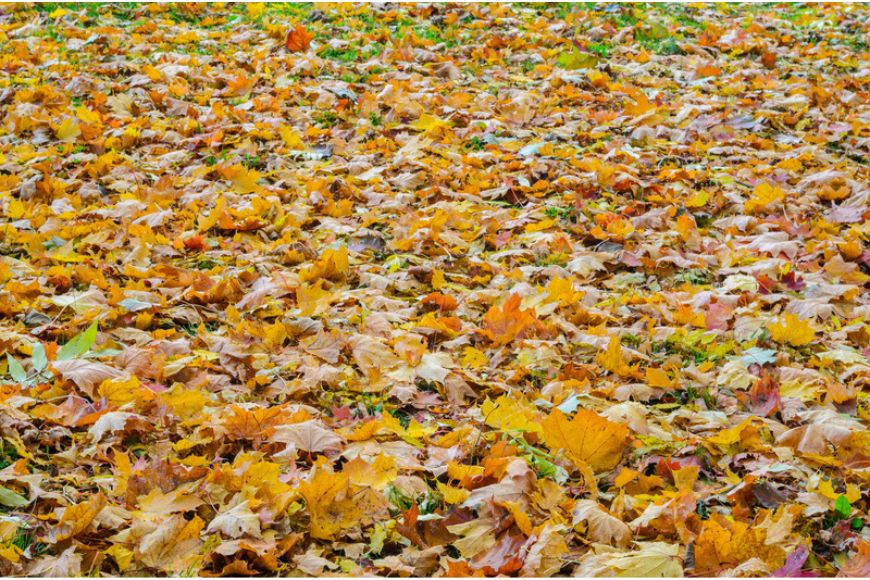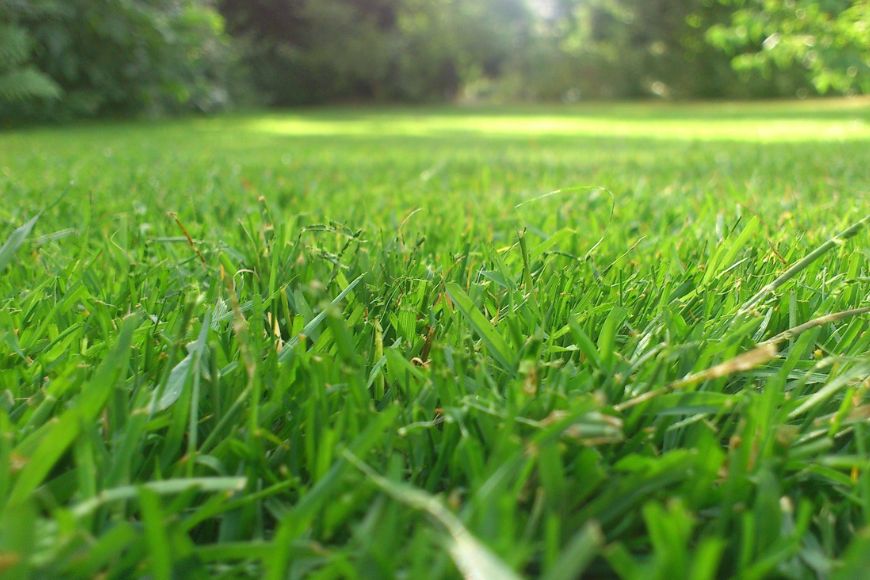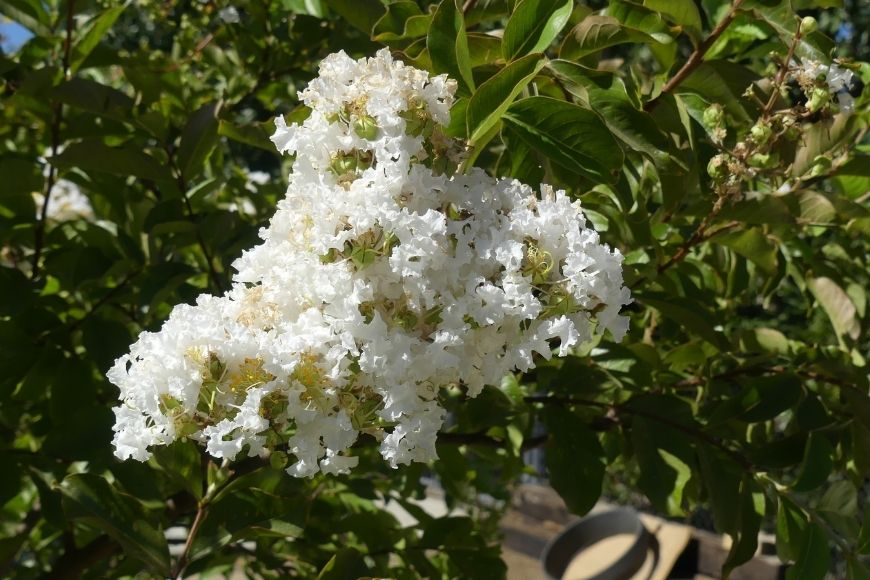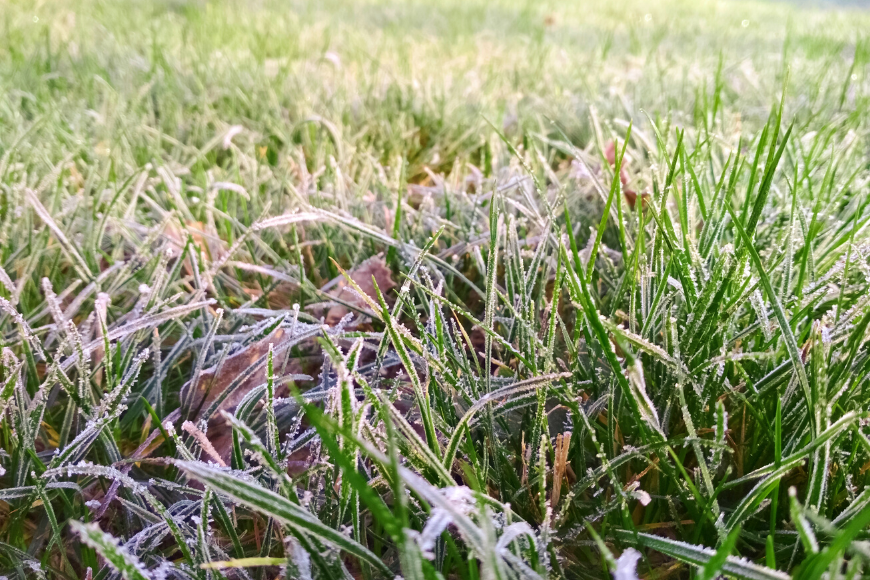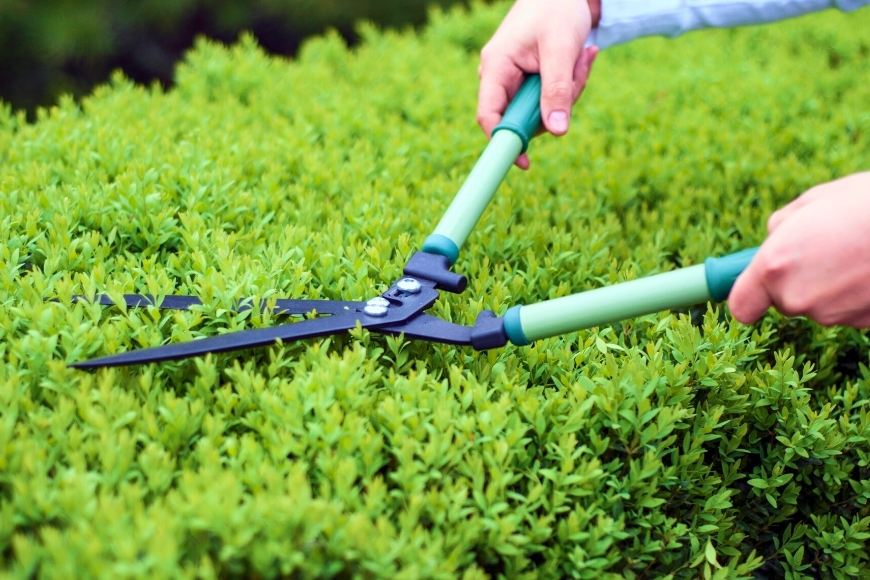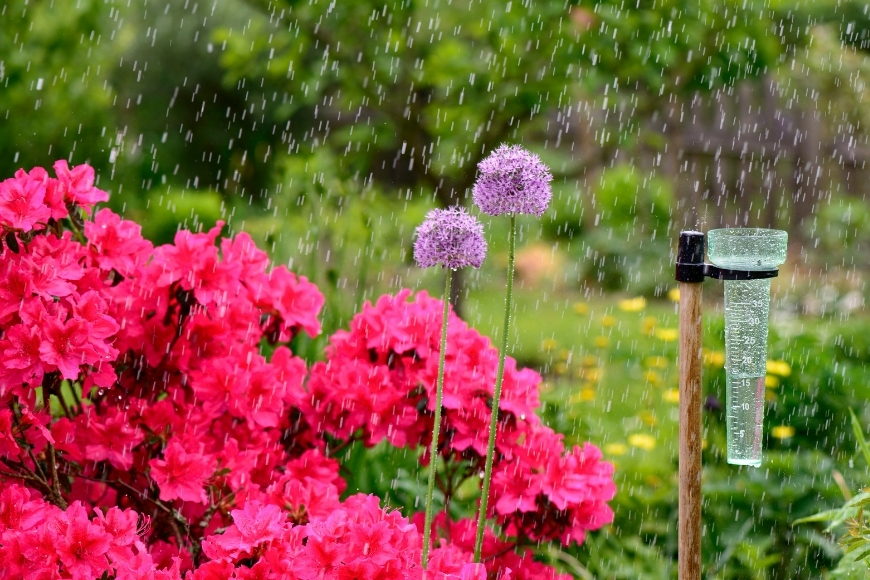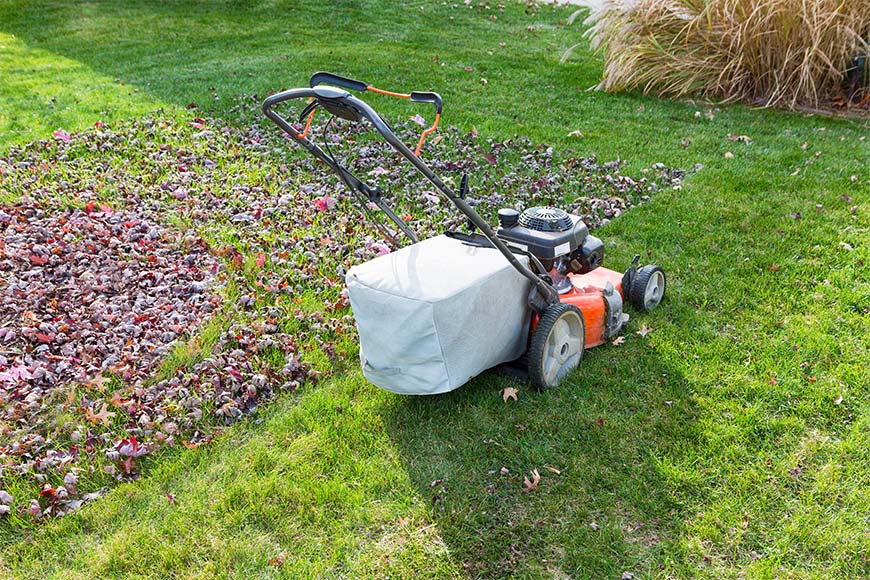What to do with Leaves in the Fall
Fall is upon us, and if you have any trees in your yard, you’ll notice that they are slowly turning color and dropping onto your lawn. Some might think that this is a bad thing, but it doesn’t have to be. There are many uses for all those leaves that accumulate in your yard every fall. Here are some ideas on how to use them.
Mow Them into Your Yard
This is the simplest and easiest way to use leaves. Trees pull nutrients from the soil to make the leaves in the spring and summer, and normally, they will fall next to the tree’s trunk and start to decompose, recycling those nutrients. So if you rake and bag the leaves every fall, then cart them off to the landfill, it will slowly drain the soil of the components needed to keep your trees healthy.
Instead, just use your mower to chop them up into small pieces. These will settle in between the

